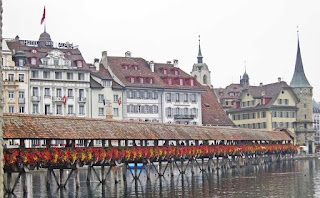I found myself returning to Argentina Chile Andes that separate them. In January I returned to coastal Patagonia in Argentina Island of the Pajaros, also easily accessible from Puerto Deseado where the Rock Hopper Penguins nest.
Further up the coast, I visited Bustamante, one of my favorite places in the world. The rocky beaches locally called the Roquitas because of the bright color of the rocks. There are great opportunities to capture images of skunks, Choiques as well as an old can inside of an abandoned ship on the shoreline.
From Bustamante, I drove to Comodoro Rivadalia to catch a fly to Punta Arenas in Chile.
In June flew to Denver Mount Evans where I photographed the Bristlecone Pines, among the oldest trees in the world. Then headed west to Camas Refuge in Idaho where I saw yellow-headed cowbirds for the first time; they were abundant but the mosquitoes were even more; they would eat you alive. The marsh wrens were all singing and fighting to establish their nesting territories.
Drove back east towards Yellowstone; some of the roads were still closed due to the heavy winter snowfall. Got there on time to catch the brown and grizzly bears coming out of hibernation, they were all over the place. At the Lamar Valley, there are always opportunities to see wolves, coyotes and badgers. Near the northeast entrance to the Valley, there is Trout Lake where I witnessed the seducing dance of the goldeneyes, perfect timing, saw the whole thing.
From Yellowstone headed south to Jackson Hole took a detour and made my routine drive up Mormon Road, where the most photographed barn in the USA; but I will not bore you with another photo of the barn. Instead, the fields were blooming with yellow flower in which the buffaloes were feasting; what a contrast of the yellow against the brown hide of the buffalo. Can you find the cowbird?
Then headed West again towards Brigham, which claims to be the Gateway to the Greatest Bird Refuge; the Bear River Migratory Bird Refuge. I was not disappointed at the Bear River , even when the some of the roads were flooded. The American Avocets were pairing and was able to observe their elaborated courting dances; these birds are regal. Then drove east again to Denver
Pantanal in Brazil
In October headed for the Old World for a River Cruise up the Rhine ; this trip was described in the previous blog. Enough of 2011 and let's see where 2012 takes us. Happy New Year to All!!!




































































































